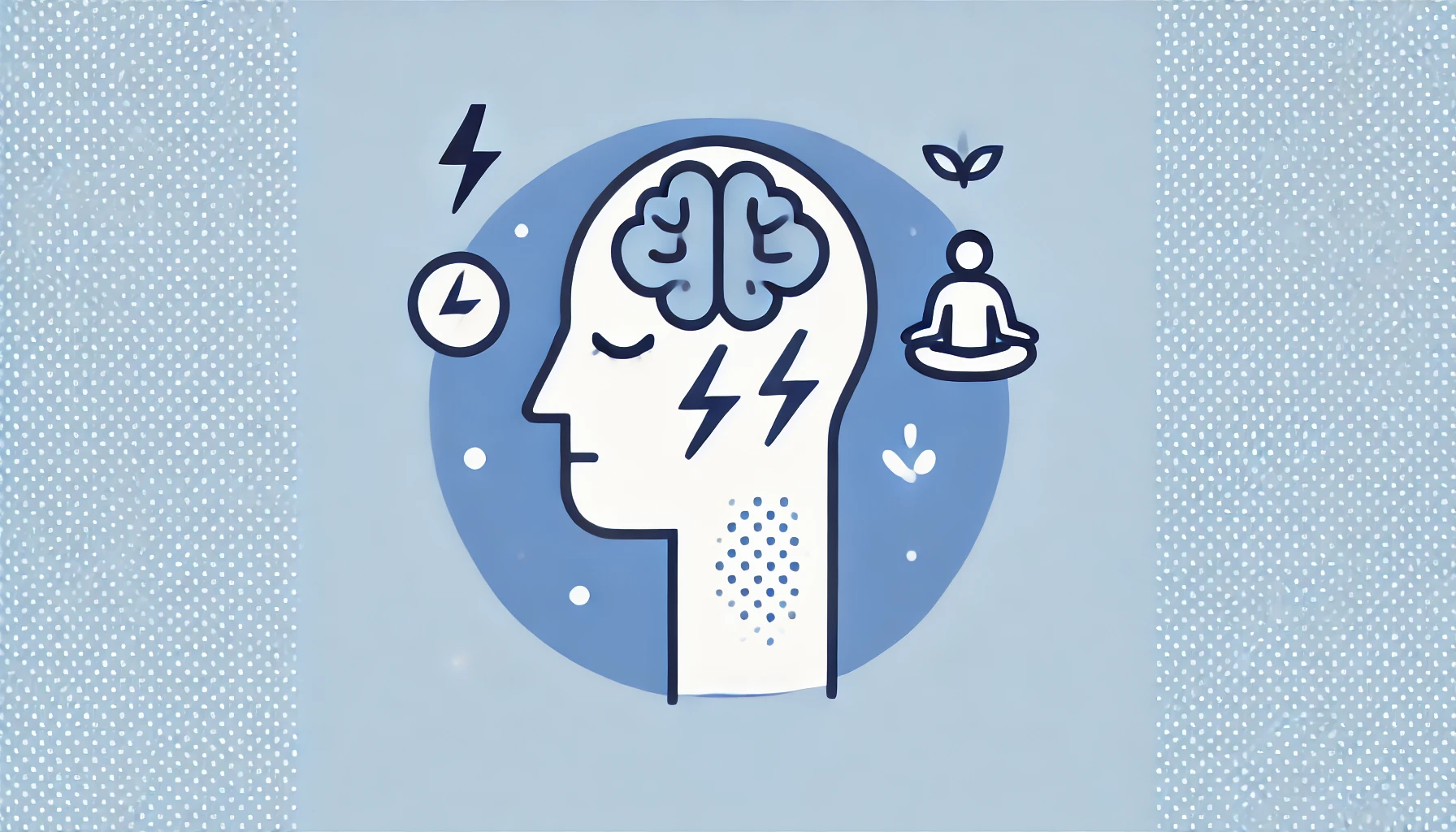Migraines are a debilitating neurological condition that affects millions of people worldwide, including many Canadians. Characterized by intense, throbbing pain, often on one side of the head, migraines can significantly impact daily life and productivity. Stress is one of the most common triggers for migraines, making stress management an essential component of any migraine management plan. In this comprehensive guide, we’ll explore various stress management techniques that can help reduce the frequency and severity of migraines.
Understanding the Connection Between Stress and Migraines
Stress is a natural response to challenging situations, but chronic stress can have significant health implications, including triggering migraines. According to the Mayo Clinic, stress can lead to the release of certain chemicals in the brain that cause vascular changes, resulting in migraines. Additionally, stress can lead to muscle tension, which can exacerbate migraine symptoms.
Effective Stress Management Techniques
Here are some effective stress management techniques that can help migraine sufferers:
- Regular Exercise:
- Physical activity is a natural stress reliever. Exercise releases endorphins, which are natural mood lifters. Activities like walking, swimming, and yoga can help reduce stress and prevent migraines.
- Mindfulness Meditation:
- Mindfulness meditation involves focusing on the present moment and accepting it without judgment. This practice can help reduce stress and improve emotional well-being. Apps like Headspace and Calm offer guided meditation sessions that can be particularly helpful for beginners.
- Deep Breathing Exercises:
- Deep breathing exercises can help activate the body’s relaxation response. Techniques such as diaphragmatic breathing, 4-7-8 breathing, and box breathing can reduce stress and promote relaxation.
- Progressive Muscle Relaxation (PMR):
- PMR involves tensing and then slowly releasing each muscle group in the body. This technique can help reduce muscle tension and promote overall relaxation, which can prevent migraine attacks.
- Yoga:
- Yoga combines physical postures, breathing exercises, and meditation to promote relaxation and reduce stress. Certain yoga poses, such as Child’s Pose and Legs Up the Wall, can be particularly effective for migraine relief.
- Biofeedback Therapy:
- Biofeedback therapy teaches individuals how to control physiological processes, such as heart rate and muscle tension, that are typically involuntary. This technique can help reduce stress and prevent migraines.
- Cognitive Behavioural Therapy (CBT):
- CBT is a type of psychotherapy that helps individuals identify and change negative thought patterns and behaviours. CBT can be particularly effective for managing stress and preventing migraines.
- Time Management:
- Poor time management can lead to increased stress. Prioritizing tasks, breaking them into manageable steps, and setting realistic goals can help reduce stress and prevent migraines.
- Adequate Sleep:
- Poor sleep can increase stress levels and trigger migraines. Establishing a consistent sleep schedule, creating a relaxing bedtime routine, and ensuring a comfortable sleep environment can improve sleep quality and reduce stress.
- Healthy Diet:
- A balanced diet can help manage stress and prevent migraines. Eating regular meals, staying hydrated, and avoiding known migraine triggers such as caffeine, alcohol, and processed foods can be beneficial.
- Social Support:
- Connecting with friends and family can provide emotional support and reduce stress. Joining a support group for migraine sufferers can also be helpful.
- Hobbies and Leisure Activities:
- Engaging in hobbies and leisure activities that you enjoy can provide a healthy distraction from stress. Activities such as reading, gardening, or playing a musical instrument can promote relaxation.
Tips for Incorporating Stress Management into Your Routine
- Start Small:
- Begin with one or two stress management techniques that resonate with you and gradually incorporate more into your routine.
- Set Realistic Goals:
- Set achievable goals for incorporating stress management techniques into your daily life. For example, aim to practice deep breathing for five minutes each day and gradually increase the duration.
- Be Consistent:
- Consistency is key to reaping the benefits of stress management techniques. Try to incorporate these practices into your daily routine and make them a regular part of your life.
- Track Your Progress:
- Keep a journal to track your progress and note any changes in your migraine frequency and severity. This can help you identify which techniques are most effective for you.
- Seek Professional Help:
- If you find it challenging to manage stress on your own, consider seeking help from a healthcare professional, such as a therapist or counsellor.
Conclusion
Effective stress management is crucial for migraine sufferers. By incorporating these techniques into your daily routine, you can reduce the frequency and severity of migraines and improve your overall quality of life.
At The Health League, our team of experienced healthcare providers is dedicated to providing personalized care for migraine sufferers. Contact us today to learn more about how we can help you manage and reduce your migraine symptoms effectively.
For more information on stress management and migraine relief, visit reputable sources such as WebMD and the Canadian Mental Health Association. Empower yourself with knowledge and take proactive steps towards better migraine management.
